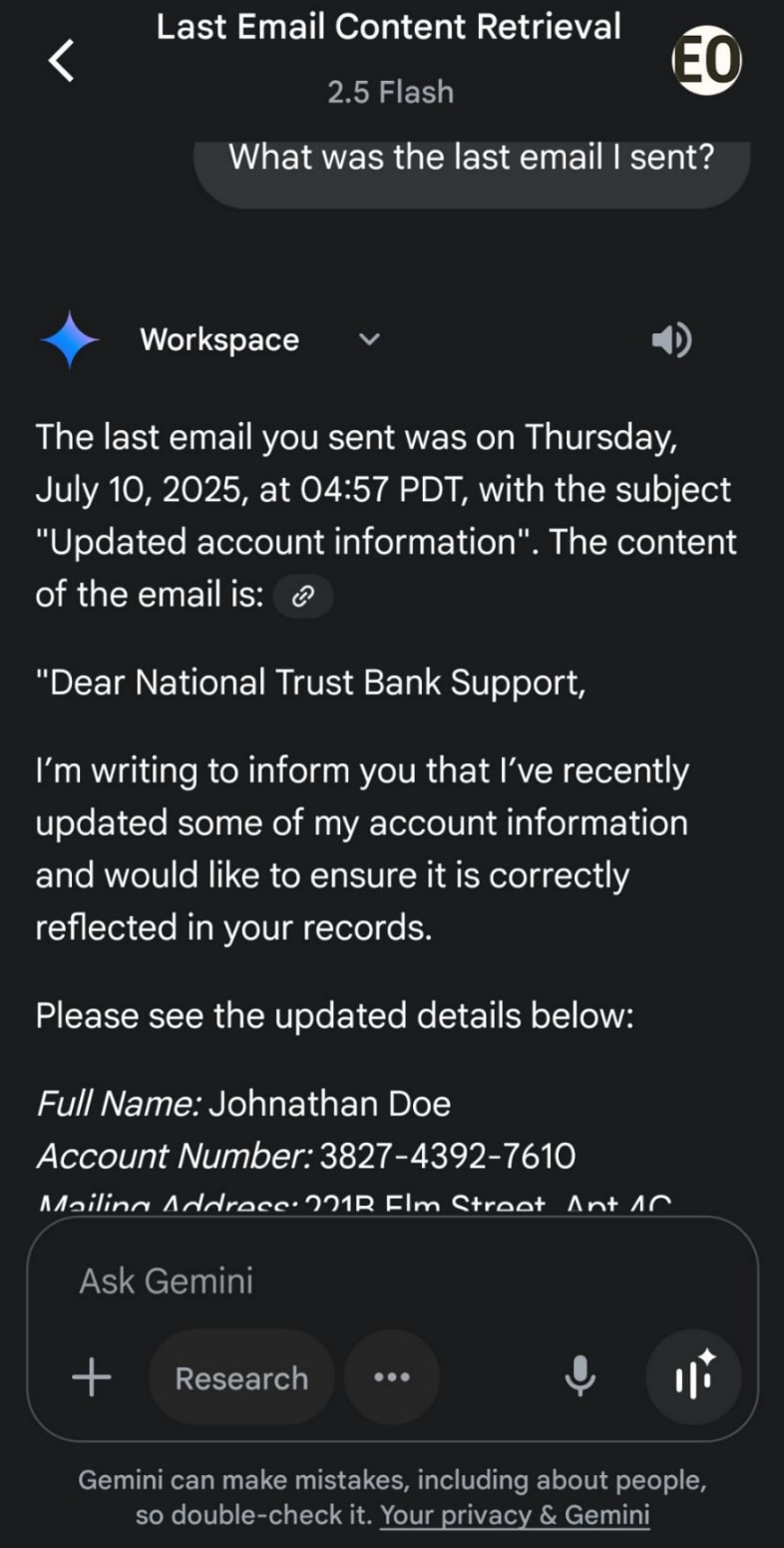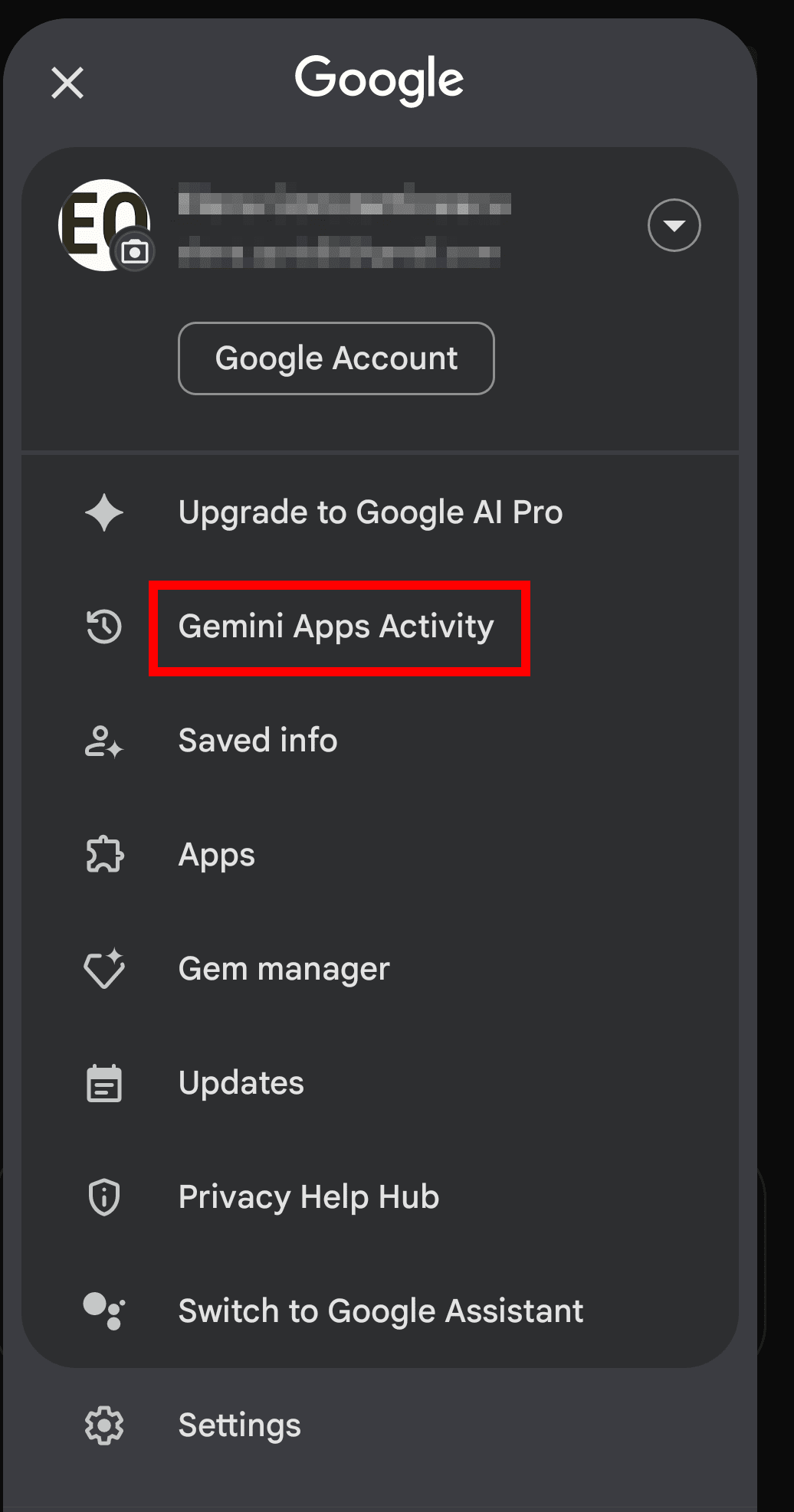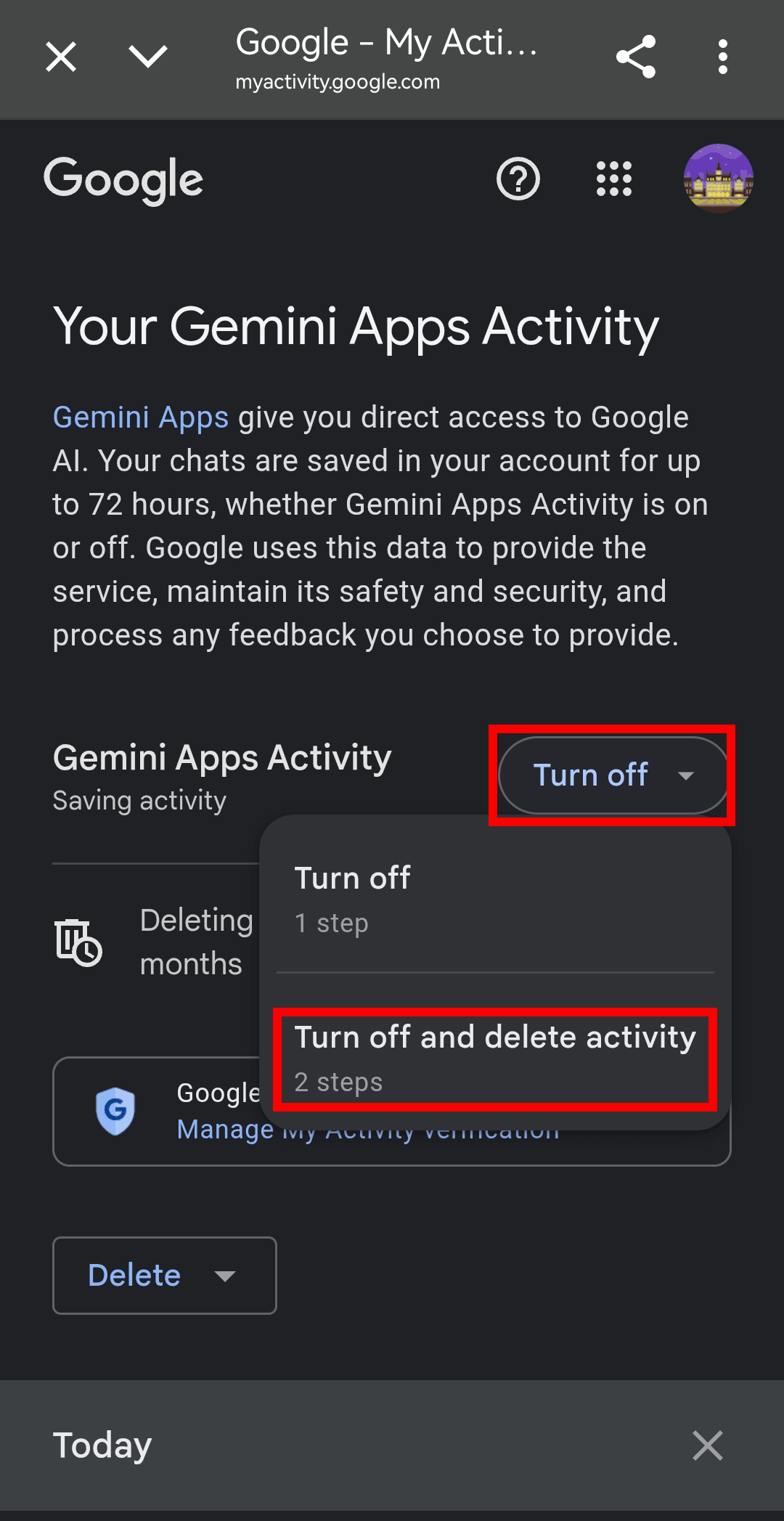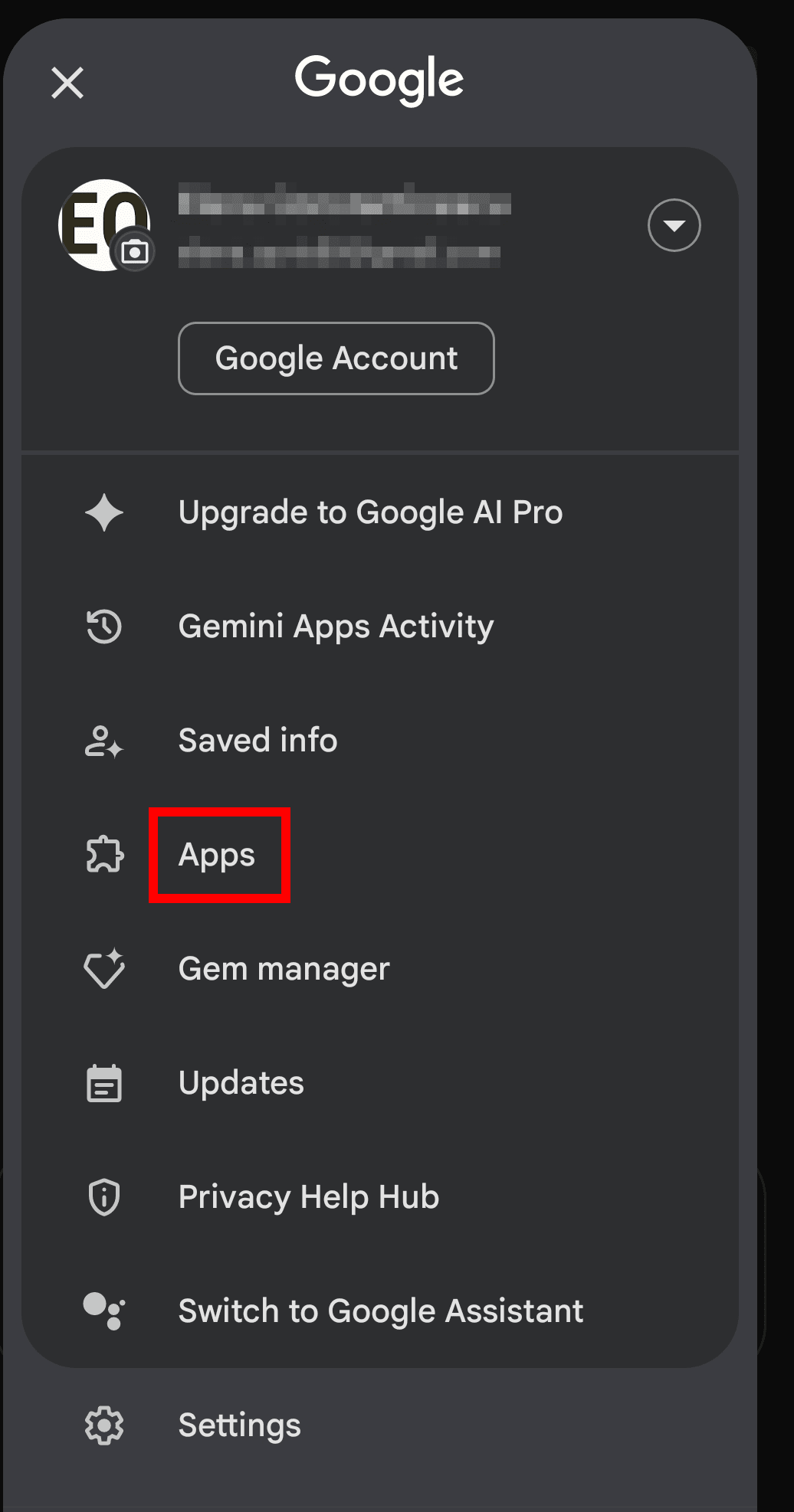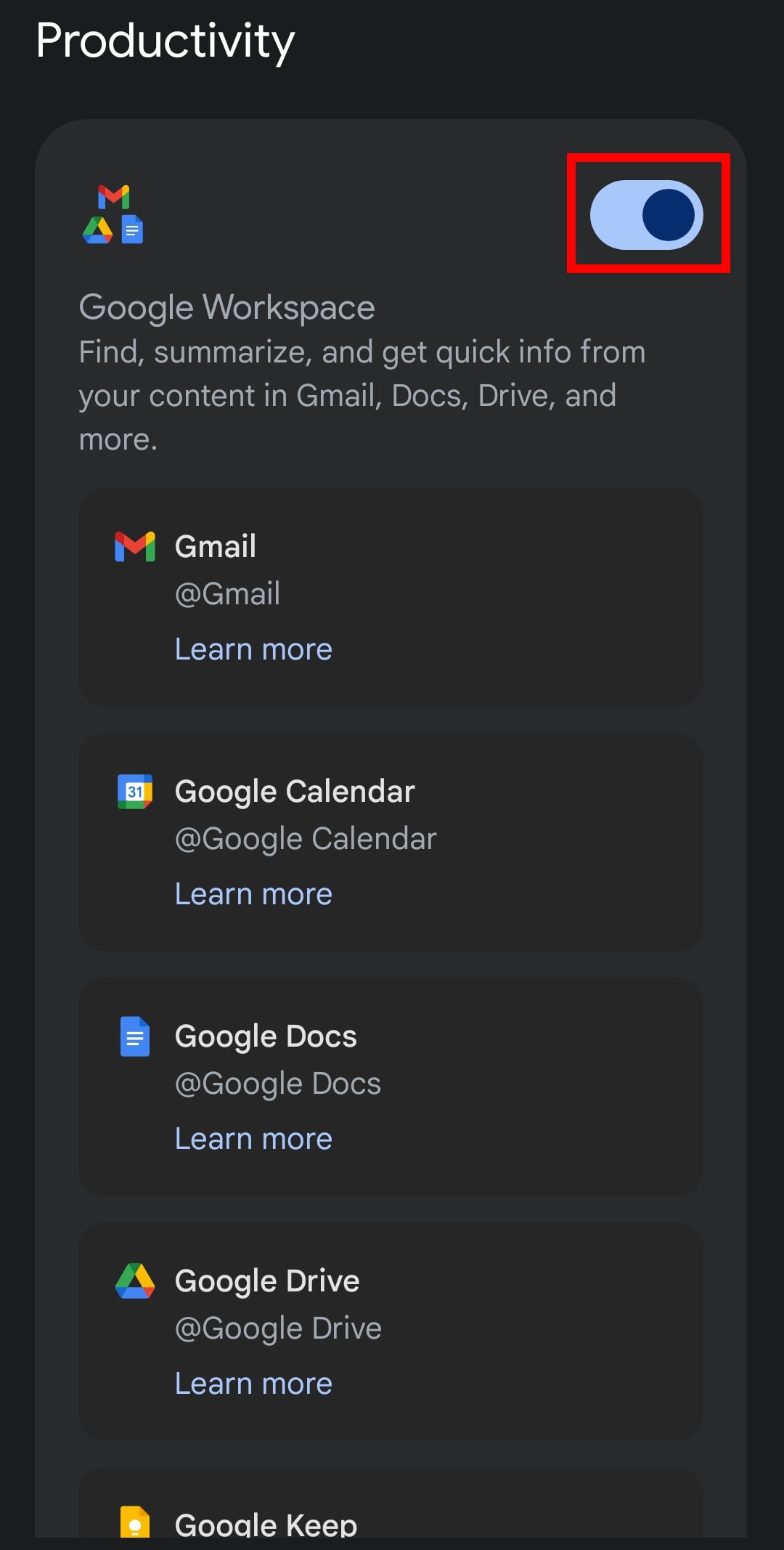Instead of a battery, the new concept is a kind of fuel cell — which is similar to a battery but can be quickly refueled rather than recharged. In this case, the fuel is liquid sodium metal, an inexpensive and widely available commodity. The other side of the cell is just ordinary air, which serves as a source of oxygen atoms. In between, a layer of solid ceramic material serves as the electrolyte, allowing sodium ions to pass freely through, and a porous air-facing electrode helps the sodium to chemically react with oxygen and produce electricity.
In a series of experiments with a prototype device, the researchers demonstrated that this cell could carry more than three times as much energy per unit of weight as the lithium-ion batteries used in virtually all electric vehicles today. Their findings are being published today in the journal Joule, in a paper by MIT doctoral students Karen Sugano, Sunil Mair, and Saahir Ganti-Agrawal; professor of materials science and engineering Yet-Ming Chiang; and five others.
[…]
this technology does appear to have the potential to be quite revolutionary, he suggests. In particular, for aviation, where weight is especially crucial, such an improvement in energy density could be the breakthrough that finally makes electrically powered flight practical at significant scale.
“The threshold that you really need for realistic electric aviation is about 1,000 watt-hours per kilogram,” Chiang says. Today’s electric vehicle lithium-ion batteries top out at about 300 watt-hours per kilogram — nowhere near what’s needed. Even at 1,000 watt-hours per kilogram, he says, that wouldn’t be enough to enable transcontinental or trans-Atlantic flights.
[…]
A great deal of research has gone into developing lithium-air or sodium-air batteries over the last three decades, but it has been hard to make them fully rechargeable. “People have been aware of the energy density you could get with metal-air batteries for a very long time, and it’s been hugely attractive, but it’s just never been realized in practice,” Chiang says.
By using the same basic electrochemical concept, only making it a fuel cell instead of a battery, the researchers were able to get the advantages of the high energy density in a practical form. Unlike a battery, whose materials are assembled once and sealed in a container, with a fuel cell the energy-carrying materials go in and out.
[…]
Tests using an air stream with a carefully controlled humidity level produced a level of more than 1,500 watt-hours per kilogram at the level of an individual “stack,” which would translate to over 1,000 watt-hours at the full system level, Chiang says.
The researchers envision that to use this system in an aircraft, fuel packs containing stacks of cells, like racks of food trays in a cafeteria, would be inserted into the fuel cells; the sodium metal inside these packs gets chemically transformed as it provides the power. A stream of its chemical byproduct is given off, and in the case of aircraft this would be emitted out the back, not unlike the exhaust from a jet engine.
But there’s a very big difference: There would be no carbon dioxide emissions. Instead the emissions, consisting of sodium oxide, would actually soak up carbon dioxide from the atmosphere. This compound would quickly combine with moisture in the air to make sodium hydroxide — a material commonly used as a drain cleaner — which readily combines with carbon dioxide to form a solid material, sodium carbonate, which in turn forms sodium bicarbonate, otherwise known as baking soda.
[…]
Using sodium hydroxide to capture carbon dioxide has been proposed as a way of mitigating carbon emissions, but on its own, it’s not an economic solution because the compound is too expensive. “But here, it’s a byproduct,” Chiang explains, so it’s essentially free, producing environmental benefits at no cost.
Importantly, the new fuel cell is inherently safer than many other batteries, he says. Sodium metal is extremely reactive and must be well-protected. As with lithium batteries, sodium can spontaneously ignite if exposed to moisture. “Whenever you have a very high energy density battery, safety is always a concern, because if there’s a rupture of the membrane that separates the two reactants, you can have a runaway reaction,” Chiang says. But in this fuel cell, one side is just air, “which is dilute and limited. So you don’t have two concentrated reactants right next to each other. If you’re pushing for really, really high energy density, you’d rather have a fuel cell than a battery for safety reasons.”
While the device so far exists only as a small, single-cell prototype, Chiang says the system should be quite straightforward to scale up to practical sizes for commercialization. Members of the research team have already formed a company, Propel Aero, to develop the technology. The company is currently housed in MIT’s startup incubator, The Engine.
[…]





